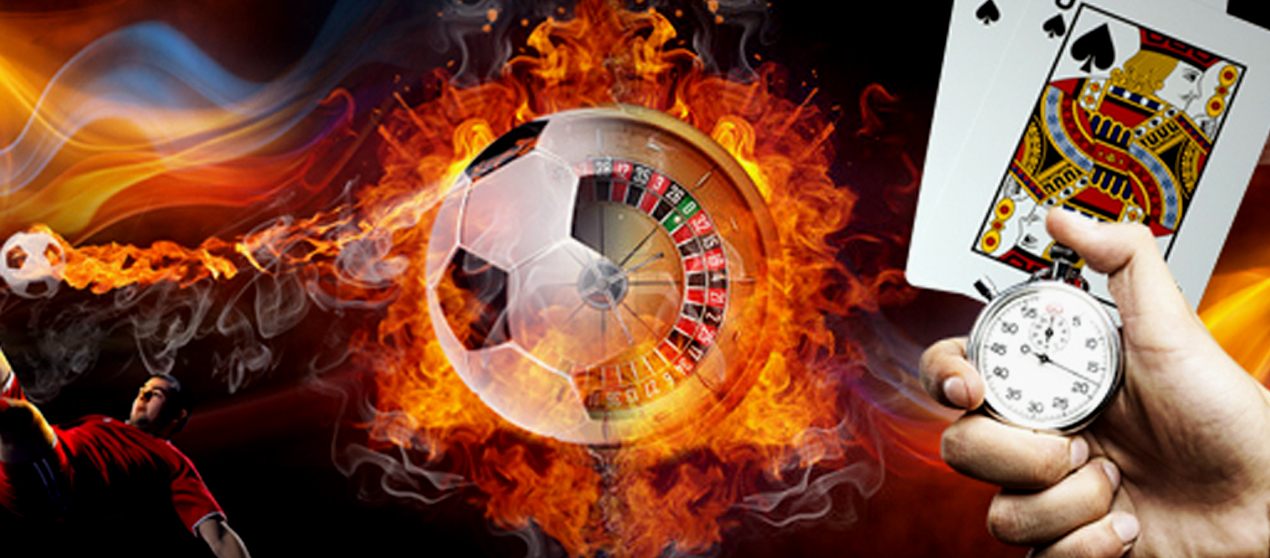Best Poker Strategies for Bluffing 0

Mastering the Art of Bluffing: Best Poker Strategies for Bluffing
Bluffing in poker is an art form, a pivotal strategy that can turn the tides of a game. Whether you’re at an online table or a live event, using effective bluffing techniques can significantly increase your chances of securing a win. In this guide, we will explore the best poker strategies for bluffing that will help you refine your skills in psychological manipulation and strategic planning. Check out Best poker strategies for bluffing total casino pl for additional resources on improving your game.
Understanding Bluffing in Poker
Bluffing is a strategy used to deceive opponents into believing that you have a stronger hand than you actually do. By making a compelling case for your hand’s strength, you can encourage others to fold, allowing you to win the pot without having to show your cards. However, successful bluffing requires not just a good hand but also a keen understanding of the game’s dynamics and your opponents’ psychology.
1. Know Your Opponents
Before embarking on your bluffing journey, it’s essential to observe and analyze your opponents. Different players have different tendencies when it comes to folding or calling bluffs. Some players are more conservative and will fold at the slightest hint of pressure, while others are more aggressive and can call almost any bet. Understanding their playing style will allow you to choose the right moments to bluff.
2. Position is Key
Your position at the table can greatly influence your bluffing strategy. Being in a late position allows you to see how your opponents act before making your move. If your opponents check or make small bets, it might indicate weakness, giving you an opportunity to bluff. Conversely, bluffing from an early position can be risky, as you are more likely to face multiple callers.

3. Recognize the Right Moments to Bluff
Bluffing at the right time can mean the difference between winning and losing. Common situations that warrant a bluff include:
- When the board shows potential for a strong hand that you could represent.
- After noticing that your opponents have shown weakness through checking or passive betting.
- When you have a tight image at the table, making your bluff more credible.
4. The “Semi-Bluff” Strategy
A semi-bluff occurs when you bet or raise with a hand that is not currently the best but has potential to improve. For example, if you have a flush draw or an open-ended straight draw, you can semi-bluff to build up the pot while still having a chance to complete your hand. This strategy is powerful because it offers two ways to win: either by making your opponents fold or by hitting your drawing hand.
5. Betting Patterns and Sizing
When you decide to bluff, the size of your bet plays a crucial role in convincing your opponents that you are strong. Larger bets may represent strength, but they can also be risky if overused. On the other hand, small bets may induce calls from weaker hands. Striking the right balance is essential, and adjusting your bet sizes according to the specific context of the hand can make your bluff more effective.
6. Read the Board
Understanding the texture of the board is essential for crafting a successful bluff. A board that offers straight or flush draws provides a great opportunity for bluffing since you can represent one of those hands convincingly. Conversely, a dry board with few connecting cards is inherently riskier for bluffing as it’s less likely that opponents will fold stronger hands.

7. Don’t Overdo It
While bluffing can be an incredibly effective tool, overusing it can lead to predictable patterns that savvy opponents will catch on to. Maintain a balance of aggressive plays and solid, straightforward gameplay. This unpredictability will keep your opponents guessing and more susceptible to your bluffs.
8. The Importance of Tells
Pay attention to your opponents’ physical or behavioral tells, as they can provide crucial insights into their hand strength. Nervous habits, changes in breathing, or a sudden shift in posture can indicate that an opponent may be bluffing or feeling uncertain about their hand. Similarly, learning to control your own tells will make your bluffs more effective.
9. Practice, Practice, Practice
Like any other skill, mastering bluffing takes practice. Engage in games or poker training apps that allow you to refine your bluffing strategies. The more you play, the better you will become at reading situations and opponents, ultimately improving your bluffing techniques.
10. Psychological Aspects of Bluffing
Finally, remember that poker is as much about psychology as it is about cards. Successful bluffing requires confidence and conviction. If you believe that your bluff will work, your opponents are more likely to pick up on that energy. Stay calm, composed, and assertive when executing your bluff, which will help convince others of your strength.
Conclusion
Bluffing is a critical aspect of poker that combines strategy, psychology, and skill. By understanding your opponents, timing your bluffs effectively, and employing sound strategies, you can elevate your game and enhance your chances of winning. Remember to put these tips into practice and refine your bluffing technique continuously. Happy playing!
